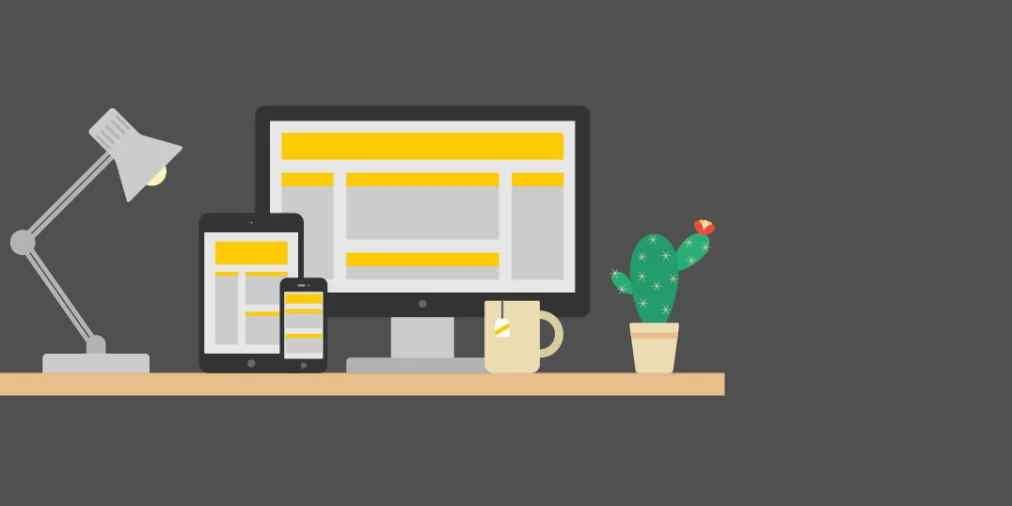The Basics
Responsive design simply means a website which can adapt to the screen on which it is being viewed, whether that be a mobile phone, tablet, desktop or otherwise. It’s an essential element of digital branding which offers users on different devices the chance to experience and engage with your brand in the most effective and convenient way possible.
Think about a traditional desktop website. It might look great on a large display, but when the same site is condensed onto a mobile screen, for example, we could face some serious issues, such as distortion of visual elements, slow loading times, broken layouts and counter-intuitive input (think scrolling issues, hidden clickable elements and so on). A responsive website is the cure-all for this issue.
When designing a responsive website, it’s important to take into account several key factors, such as:
- Touch vs click: Input methods can vary from one device to the next. A site that is only optimised for desktop, for example, might cause frustrations for tablet users if they struggle to select elements which appear small on a touchscreen device
- Image size and orientation: Larger images directly affect download speeds, whilst the layout of images (including advertisements) may have to be adjusted to taller dimensions in order to compensate for the portrait orientation of mobile devices
- Website width: A desktop site, with its multi-column layout, may need to be reduced to a single column on mobile devices in order to increase legibility







